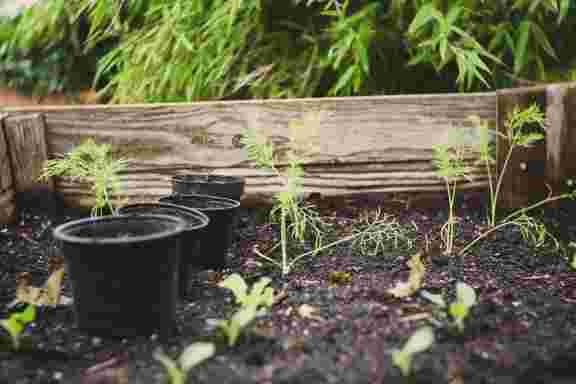


Healthy soil is alive. Discover how to protect it through mindful, restorative farming.
Soil health is the soil’s ability to function as a living ecosystem that sustains plants, animals, and humans. Healthy soil is not just dirt—it’s a dynamic habitat. It holds water, cycles nutrients, filters toxins, and supports numerous micro- and macroorganisms.
A single teaspoon of healthy soil contains more than a billion microorganisms. These bacteria, fungi, and protozoa act as the digestive system of the earth. They decompose organic matter, form symbiotic relationships with plants, and maintain nutrient cycles. When farming depletes or sterilizes these microbes, the system collapses.
Industrial farming prioritizes yield through the use of chemical inputs and mechanical interventions.
Destructive practices include:
Synthetic nitrogen fertilisers, while boosting short-term plant growth, acidify the soil over time and reduce microbial diversity. Pesticides and fungicides also kill off beneficial organisms, turning soil into an inert medium rather than a living system.
Soil can be rebuilt using regenerative practices. These methods mimic natural ecosystems, reduce disturbances, and prioritise living roots in the ground throughout the year.
Core regenerative principles:
Exudates, which are carbon-rich substances that promote microbial life, are the food source for soil bacteria from living roots. Even between income crops, cover crops like vetch or clover offer an ongoing root system. Low-till or no-till farming maintains the microbial habitat and soil structure.
Soil biodiversity is supported when biological inputs are used instead of synthetic ones. The alpha botanical extract therapy is one efficient way to improve microbial balance and plant immunity by introducing natural plant-based substances into the soil system.
Microbes form the foundation of nutrient availability. They break down organic matter, fix atmospheric nitrogen, and mobilise phosphorus. Without them, even the richest soil would become chemically locked and biologically silent.
Essential microbial processes:
In addition to pH and nutrient levels, microbial activity is now examined in modern soil tests. As markers of soil health, farmers are advised to monitor microbial respiration and biomass.
Farmers are forced to use external fertilisers when their soil is devoid of bacteria. However, active biology improves resilience and lowers input costs by allowing nutrients to cycle naturally.
Crop rotation enhances soil structure, balances nutrient demands, and breaks pest cycles. Repeatedly planting the same crop causes specific nutrients to be depleted and attracts particular pests and diseases.
Successful rotation benefits include:
Some farmers are now moving beyond simple rotation to polycultures and intercropping, where plants grow together in mutually beneficial patterns.
Invertebrate and microbial populations are disturbed by chemical pesticides and fertilisers. Microbial resistance, a decline in biodiversity, and alterations in soil pH are induced by repeated treatments.
One of the most widely used herbicides, glyphosate, inhibits the shikimate pathway in plants; however, it also affects soil bacteria that utilize the same metabolic process. Fungicides can also inadvertently damage mycorrhizae and other beneficial fungal networks.
